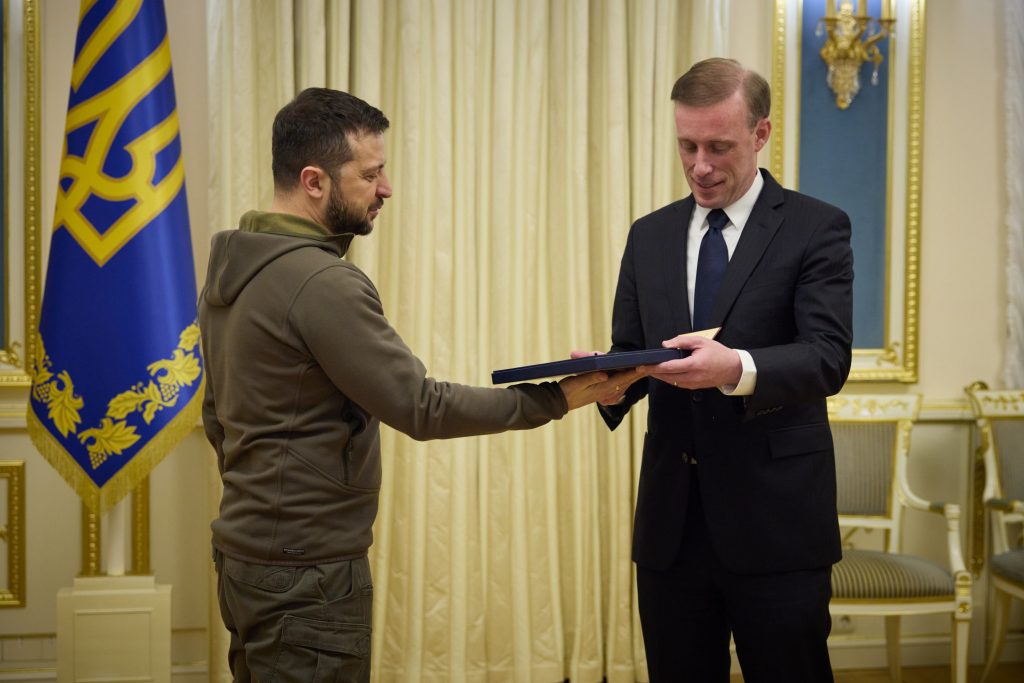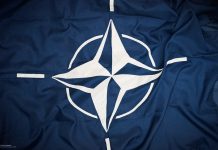
According to two European officials with connections to military leaders in Ukraine, Kyiv is keeping a tight lid on the specifics of its spring counteroffensive in order to avoid compromising its battlefield positions. This approach has been attributed to the Ukrainian officials’ concerns about the potential leak of sensitive information, particularly in light of Massachusetts Air Guardsman JACK TEIXEIRA’s alleged disclosure of classified documents.
Kyiv’s reticence extends to withholding information on the timing, size, and positioning of the troops they plan to deploy for the operation. The leaked documents contained critical details about the conflict in Ukraine, including the location of Kyiv’s troops, their weapons stockpiles, and estimates of casualties. In the aftermath of the incident, U.S. officials scrambled to assure Ukraine and other European allies that measures were being put in place to prevent future breaches.
Despite these assurances, Kyiv remains cautious, and while they are likely sharing basic intelligence with the U.S. and other supportive European countries, officials in Ukraine are taking steps to prevent the widespread dissemination of battlefield planning details.
According to a Ukrainian lawmaker, who, like others, spoke anonymously due to the sensitivity of the matter, top officials in Kyiv have kept key details of the counteroffensive from other politicians within the capital. This lack of transparency raises questions about the level of trust and coordination among Ukraine’s leadership, particularly in terms of their ability to effectively manage and execute a complex military operation.
The decision to withhold information from fellow politicians suggests that some officials in Kyiv may be operating under a need-to-know basis, limiting the dissemination of information to a select few individuals. This approach can have both advantages and disadvantages, as it can reduce the risk of leaks and ensure greater operational security, but it can also limit the input and perspectives of other key decision-makers.
Overall, the limited disclosure of information related to the counteroffensive underscores the high stakes involved in the conflict in Ukraine and the complex political and military dynamics at play. As the situation continues to evolve, it remains to be seen how Ukraine’s leadership will navigate these challenges and work towards achieving their strategic objectives while minimizing the risks of escalation and further destabilization.
“There are only a few people in the country that know the plan,” said the lawmaker.
A US defense official has confirmed that there has been no alteration to the level of information-sharing between Washington and Kyiv. Despite reports suggesting that Ukraine is withholding details of its counteroffensive plans, the official noted that there have been no indications of any such actions on the part of the Ukrainian government.
In response to queries about potential concerns regarding being kept out of the loop by Kyiv, National Security Council spokesperson JOHN KIRBY emphasized that it would not be unexpected for there to be a period of silence prior to the launch of any military operation. This cautious approach is typical of many nations in situations of conflict, as they seek to avoid compromising their operational security or tipping off their opponents.
Nevertheless, the situation remains fluid, and the dynamics of the conflict in Ukraine are complex and subject to change. As such, both the US and Ukraine must remain vigilant and flexible, ready to adapt to any developments on the ground and work together to achieve their shared objectives.
“They don’t have an obligation to notify us or tell us in advance,” he told reporters Monday, adding “oftentimes we certainly do have a sense because we’re in daily communication with them.”
According to National Security Council spokesperson JOHN KIRBY, the United States continues to provide Ukraine with critical support, including real-time information and intelligence to aid in their operations. Kirby emphasized that the focus of the US government is not on receiving prior notification of military plans, but rather on ensuring that Ukraine has the necessary resources and capabilities to succeed in their mission when the time comes.
However, other officials in the Biden administration have suggested that Ukraine has not been fully transparent with the US regarding their military plans. While the two countries maintain close contact, there are naturally limits to what they share with each other. As a result, it was not expected that Ukraine would provide detailed updates to the White House about the timing and specifics of their counteroffensive.
These differing perspectives highlight the complexities of the US-Ukraine relationship and the challenges of coordinating military efforts in a conflict zone. As the situation in Ukraine continues to evolve, both sides will need to navigate these complexities and work collaboratively to achieve their shared goals while minimizing the risks of escalation and further instability.
“They’ve been stingy with information from the beginning,” said a U.S. official.





